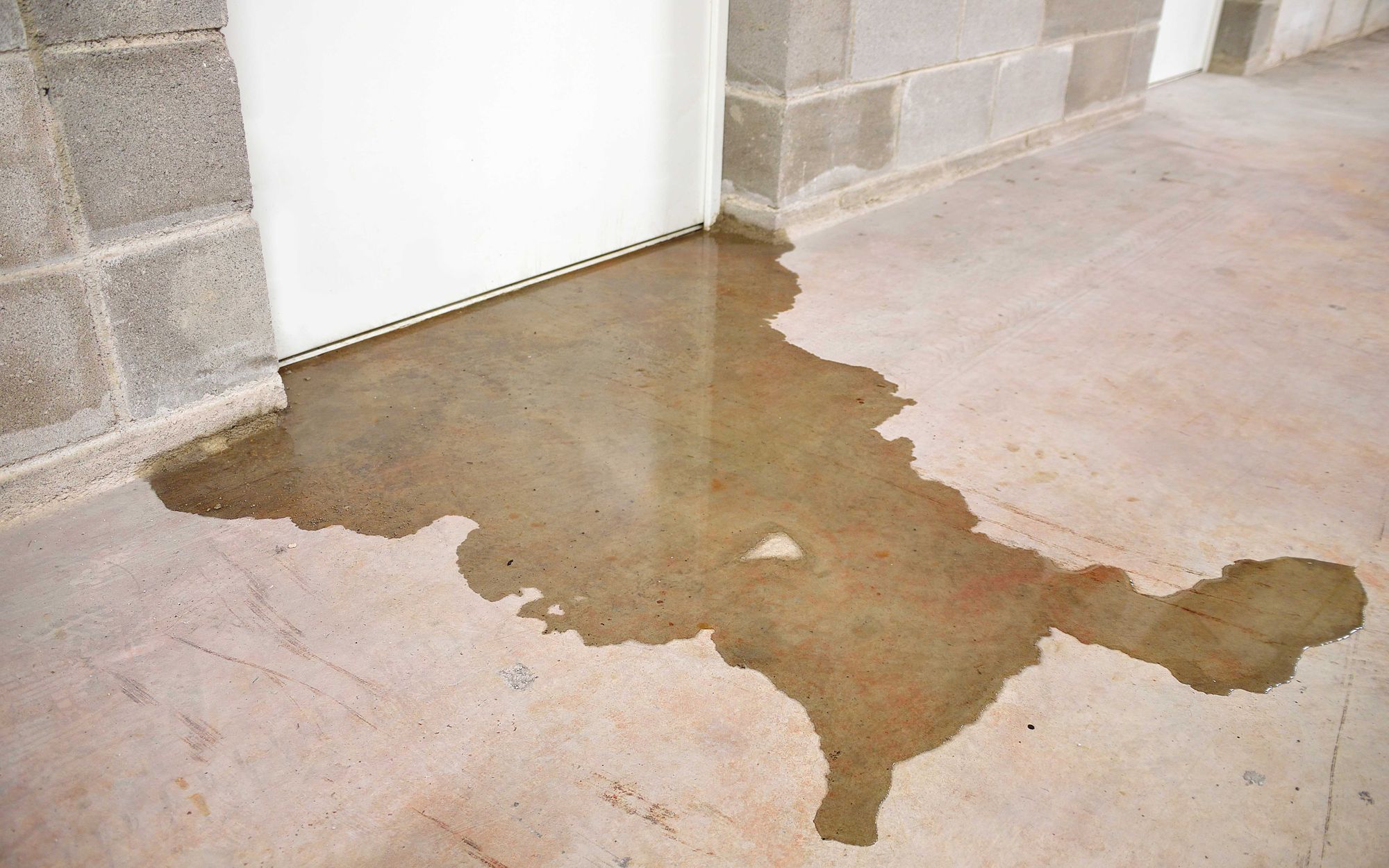More companies worldwide, whether they are running a construction jobsite or a commercial building, are seeing the benefits of water monitoring systems. What used to be a best practice for industry thought leaders is becoming standard—or even mandatory—as builders and owners gear up to prevent costly water damage.
While the water monitoring technology industry is relatively new, the race is on to improve and offer enhanced features to users.
What is a Water Monitoring System?
Today’s leading water monitoring systems incorporate connected sensors, mobile technology, artificial intelligence and advanced analytics, and cloud-based computing to identify and mitigate costly—and even damaging—water leaks and inefficiencies. These can range from catastrophic water line failures to relatively small malfunctions associated with costs and damages that can add up over time. And depending on the size of the building or system, those costs can reach thousands or even millions of dollars.
In the past, when building managers thought about managing water costs at all, they did so by checking their water meters or looking at their utility bills. If the reading was high, they would try to mitigate it with guesswork. The approach was reactive instead of proactive, and there was no way to stop water damage or waste before it happened.
For catastrophic leaks, floor-based leak detectors have been in use, but these are also a reactive approach. By the time they alert the user to a problem, the facility is deep in water.
Modern water monitoring systems let construction companies and building managers shut down major leaks remotely before they become disasters and address inefficiencies proactively.
Faster Data, Better Insights
The water monitoring industry is constantly evolving, but movement is toward faster, more robust analysis of data the system collects. Updated technology is giving users a better understanding of water usage data and enabling them to take the correct action to resolve alerts.
As the artificial intelligence behind water monitoring technology gets smarter, alerts are becoming more specific with fewer false alarms. Instant, robust data, instant action capability and accurate pinpointing of trouble spots are areas where the industry is rapidly improving.
The Looming Water Crisis
While property damage, lost productivity and the cost of delayed delivery are all top-of-mind reasons to invest in a modern water monitoring system for a construction project, the immediate stakes are higher for construction companies. Catastrophic line failures that lead to massive property damage, delays, and cost overruns can be detected and shut down remotely, often late at night when the site is unattended.
As the technology develops, look for better controls, more granular and actionable data, and more accurate alarms to fine-tune water use and protect property.







